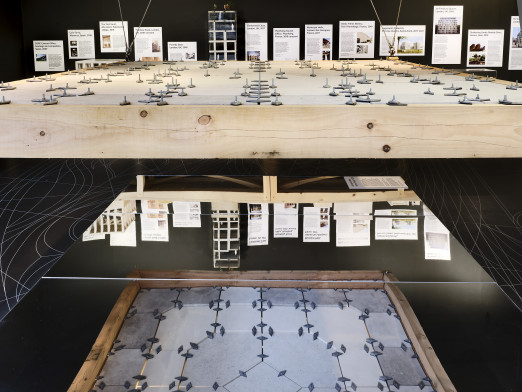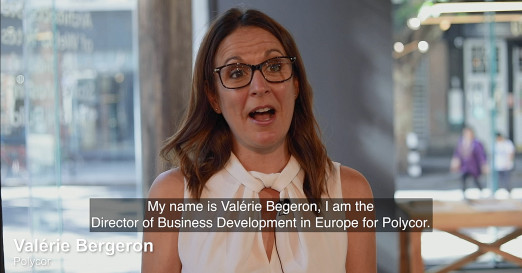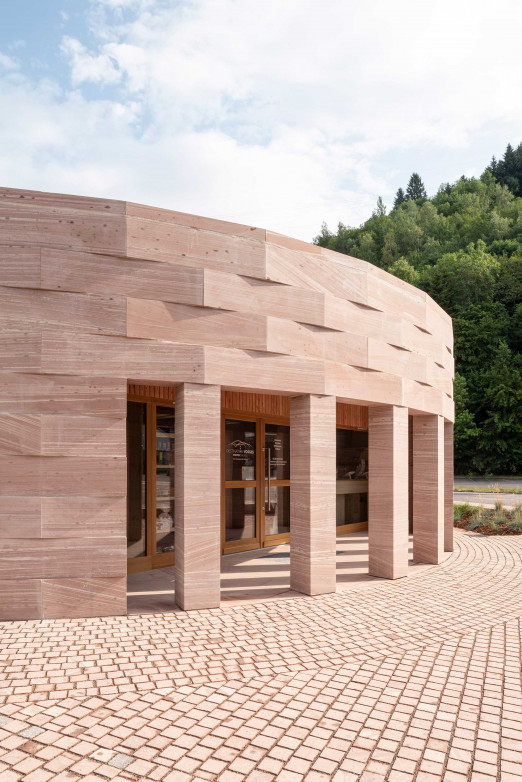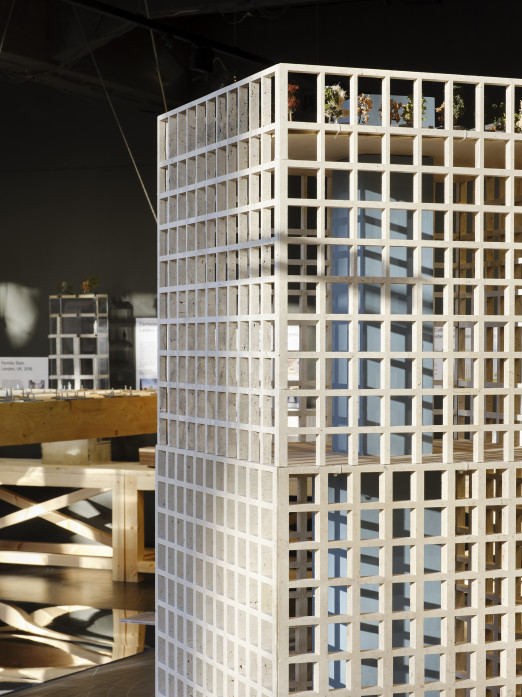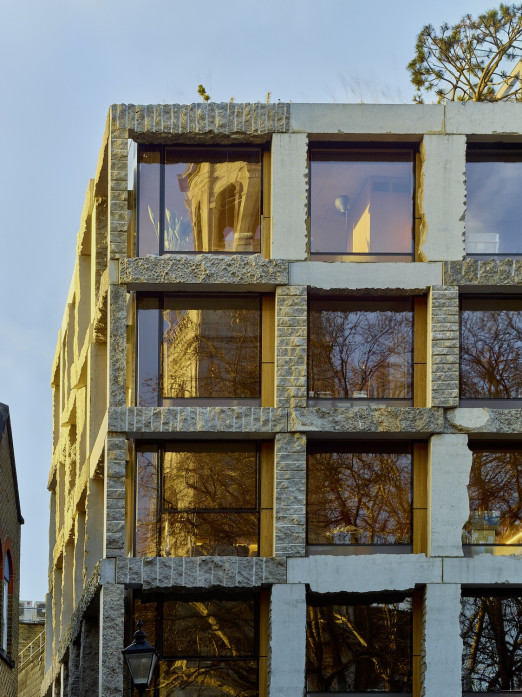On Thursday 17 September 2020 we discussed the practical, economic and environmental virtues of stone and why this material has a place in architecture today.
Part One - Contemporary stone architecture
- Christophe Aubertin, Co-founder of Studiolada
- Valérie Bergeron, Director of Business Development Europe at Polycor
- Pierre Bidaud, Creative Director at The Stonemasonry Company Ltd.
- Carl Fredrik Svenstedt, Founder of Carl Fredrik Svenstedt Architects
- Steve Webb, Co-founder of Webb Yates Engineers
- Chair: Vanessa Norwood, Creative Director at the Building Centre
Part Two - Building in stone: Gilles Perraudin in conversation with Amin Taha of Groupwork Architects
Gilles Perraudin is the founder of French practice ‘Atelier d'Architecture Perraudin’, author of seminal book Constructing in Massive Stone Today, and leading figure in sustainable and ecological architecture.
Reflections
An outdated perception
Our understanding of what it means to be a stone mason and to extract stone from a quarry has remained in the past. Today these processes are highly mechanised, safe and (relatively) easy.
A lost art form
Stone became irrelevant at the arrival of man-made materials – steel and concrete – whose strengths and properties could be monitored and controlled. Overtime the industry forgot how to build in stone, and it has now been relegated to a finishing product.
In 1994 there was a resurgence in the use of stone as a loadbearing material in Britain, when Michael Hopkins built Portcullis House in sandstone. However, at the time of building Groupwork Architect's Clerkenwell Close in London, there still wasn't enough knowledge in Britain on how to build with loadbearing stone. Stone and advice had to be sourced from France, who started to use stone again in the post war period.
A sustainable choice
In a recent study carried out by the curators of The New Stone Age exhibition, it was calculated that it would be cheaper and greener to build a 30 storey building in a stone superstructure than in steel or concrete (read study here). Stone has zero embodied carbon, takes less energy to extract and use than making cement, and can be recycled and repurposed. Quarries also have minimal surface area impact on the landscape.
Consider the lifecycle when talking cost
Using stone for a building's superstructure is expensive because the stone industry isn't geared to mass produce the necessary loadbearing elements. The current market is for finishing products, which is a different extraction process. An increase in demand for loadbearing stone is needed drive costs down.
It is also important to consider the lifecycle and maintenance of a building when deciding on the most cost-effective material. This is where stone's perhaps more expensive upfront costs are offset by its durability, natural insulation capabilities and effortless beauty. Stone can also be extracted, cut and delivered directly on site for assembly, and with minimal project management costs.
'I would like to add one thing, which is more of a reflection for architects. Using stone, there are all kinds of good arguments. But I don’t want it to just be a moral argument. For me it's about emotion. It's such a beautiful material. I am glad to show this building [Delas Frères Winery]. You don’t have to do an almost simplistic square block...' – Carl Fredrik Svenstedt
This event was part of The New Stone Age exhibition and supported by Polycor.





